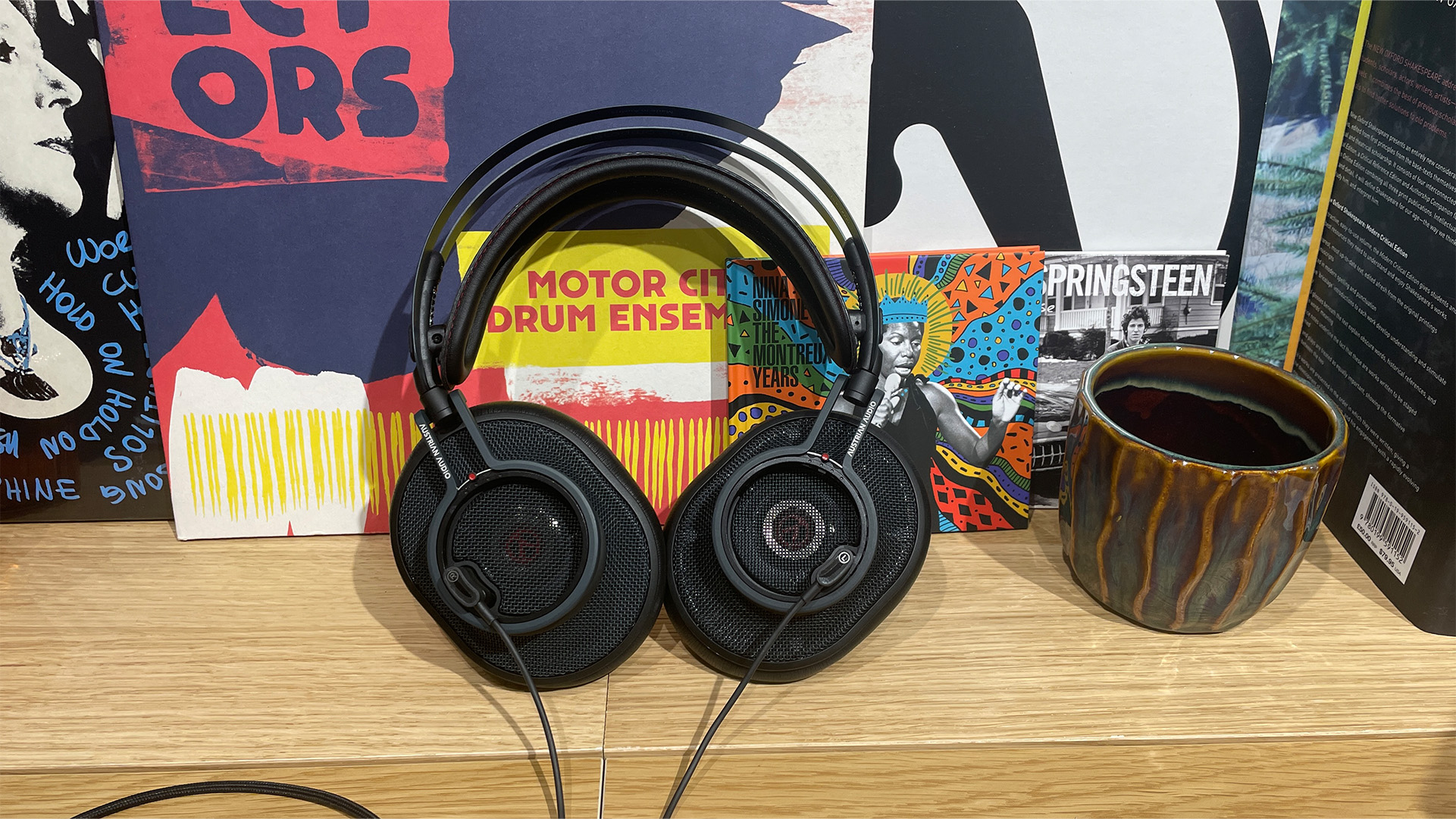
Austrian Audio is still a young brand. Founded by a core team of ex-AKG personnel in 2017, it has gone on to produce some of the finest sensibly-priced wired headphones on the market.
Given the company’s heritage, it was interesting that the initial headphone releases focused on the more affordable part of the market, staying below £400 / $450 / AU$600. Even though we always suspected that the brand would move into more premium sectors at some point, it is still surprising just how ambitious it has been with the slightly awkwardly named The Composer.
This flagship pair of wired, open-back headphones retail for around five times as much as anything else in the company’s range and is joined by a partnering headphone amplifier called The Full Score (£1299 / $1499 / around AU$2200). The full review of the amplifier will have to wait for another day, for now, it is the headphones that we are focusing on, and mighty impressive they turn out to be.
Build & comfort
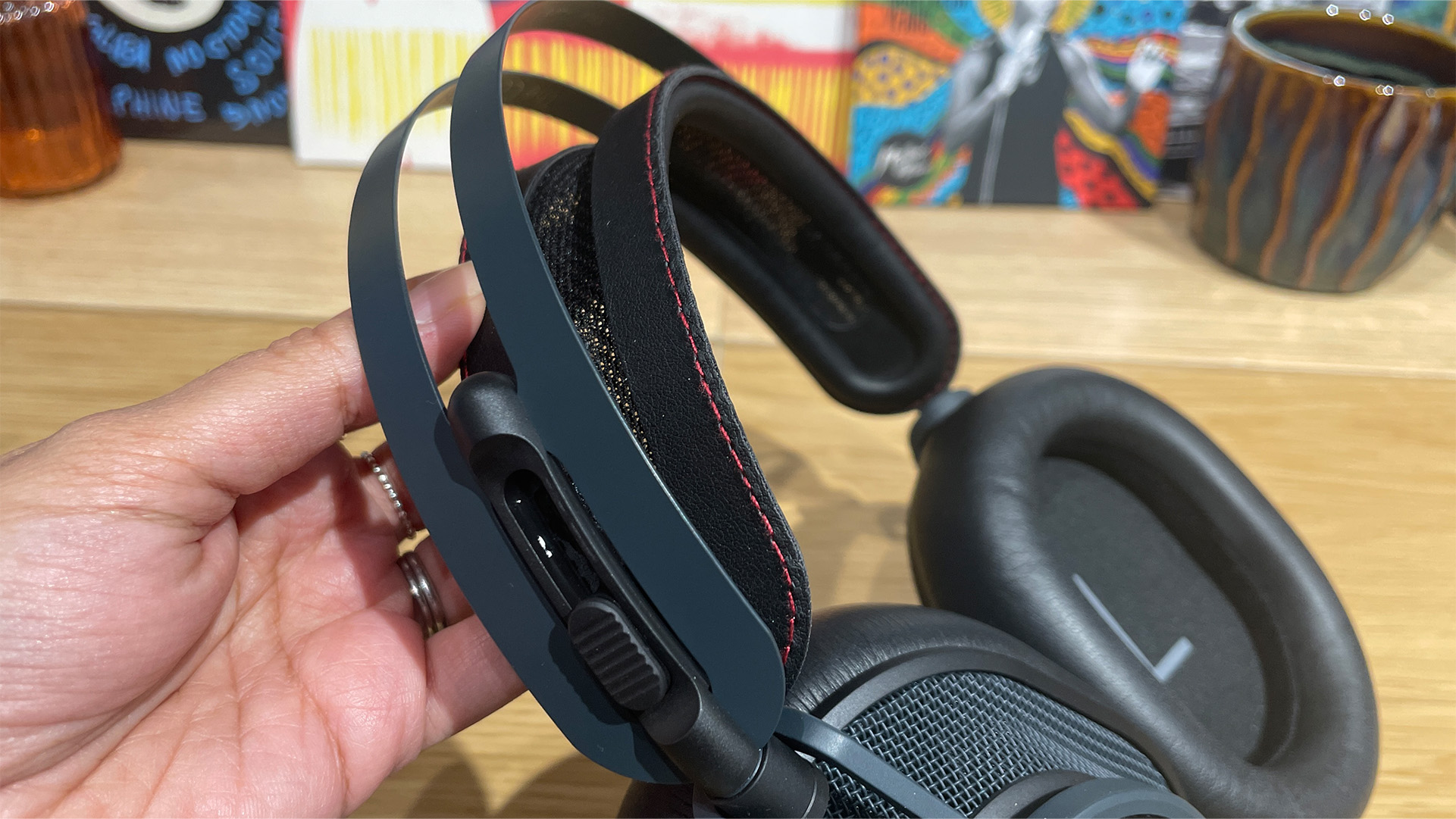
There is an aura of careful engineering about these Austrian Audio headphones. They feel like a precision instrument when we lift them out of their packaging; the various hinges in the predominantly metal structure moving slickly and without noticeable play. There is little to complain about when it comes to finish, which is of a high standard.
The fit is adjusted using a sliding padded headband and earpieces that rotate to accommodate ear angle. In combination with the well-judged clamping pressure and easily replaceable magnetically-held earpads, it adds up to a comfortable experience for most, but not all. Inexplicably, given the company has so much headphone-designing experience, we find that the range of adjustment on The Composer’s headband isn’t enough to accommodate members of our team with smaller heads. This is something that Austrian Audio needs to have a look at and fix.
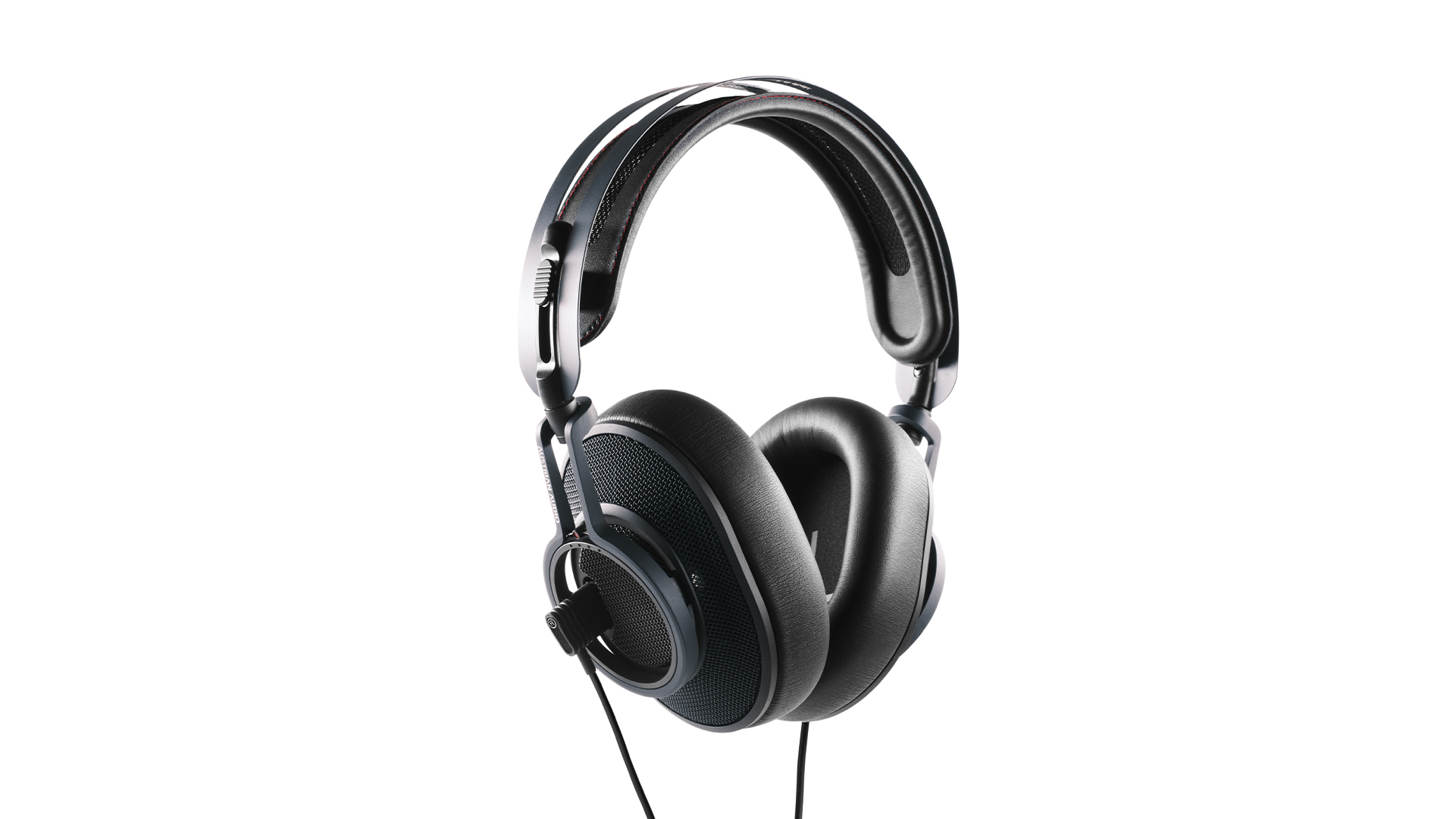
Type Open-back over-ear wired
Bluetooth? No
Codec support N/A
Battery life N/A
ANC? No
Transparency mode? No
Built-in mic and controls N/A
Cable length 3m (3.5mm (6.3mm adaptor), XLR 4-pin) 1.4m (4.4mm Pentaconn)
Finishes Black
Weight 385g (without cables)
There is a good range of connectivity on offer here. These headphones are supplied with a 3m lead terminated by a 3.5mm jack with the option of a 6.3mm adaptor. Those who want to go the balanced signal route have a choice of a 3m XLR 4-pin lead and a shorter 1.4m alternative with a 4.4mm Pentaconn connector. Electrically, there isn’t anything to worry about here, with the headphones having an impedance of 22 ohms and a sensitivity of 112dB SPL/V. We found no issue in driving these Austrian Audios with a range of products from our MacBook Pro to dedicated headphone amplifiers. While poorer quality sources are ruthlessly revealed, there is little to complain about when driving the headphones to reasonable levels.
Being an open-back design is both a blessing and a curse. The positive points are many. Any sound being fired rearwards by the newly-developed 49mm diamond-like carbon-coated driver escapes out of the back and doesn’t get trapped in an enclosure to re-radiate through the diaphragm or cause structural resonances. In our experience, this has huge benefits in terms of resolution, dynamics and distortion levels. Heat isn’t trapped either, so open designs, as a breed, tend to warm up your ears less during a longer listening session. Other advantages include reduced weight: The Composer weigh in at just 385g (without cables) and so prove easy to wear over long listening sessions.
The big issue with open designs is that they tend to let noises in from your environment and they leak sound like a sieve. This makes them less than ideal if there is a lot of noise around or if you don’t want to disturb anyone sitting close to you in a quiet room. Open designs also tend to produce less in terms of bass weight and power than their closed-back cousins, though as we will soon find out with The Composer, some open designs do better than others.
Sound
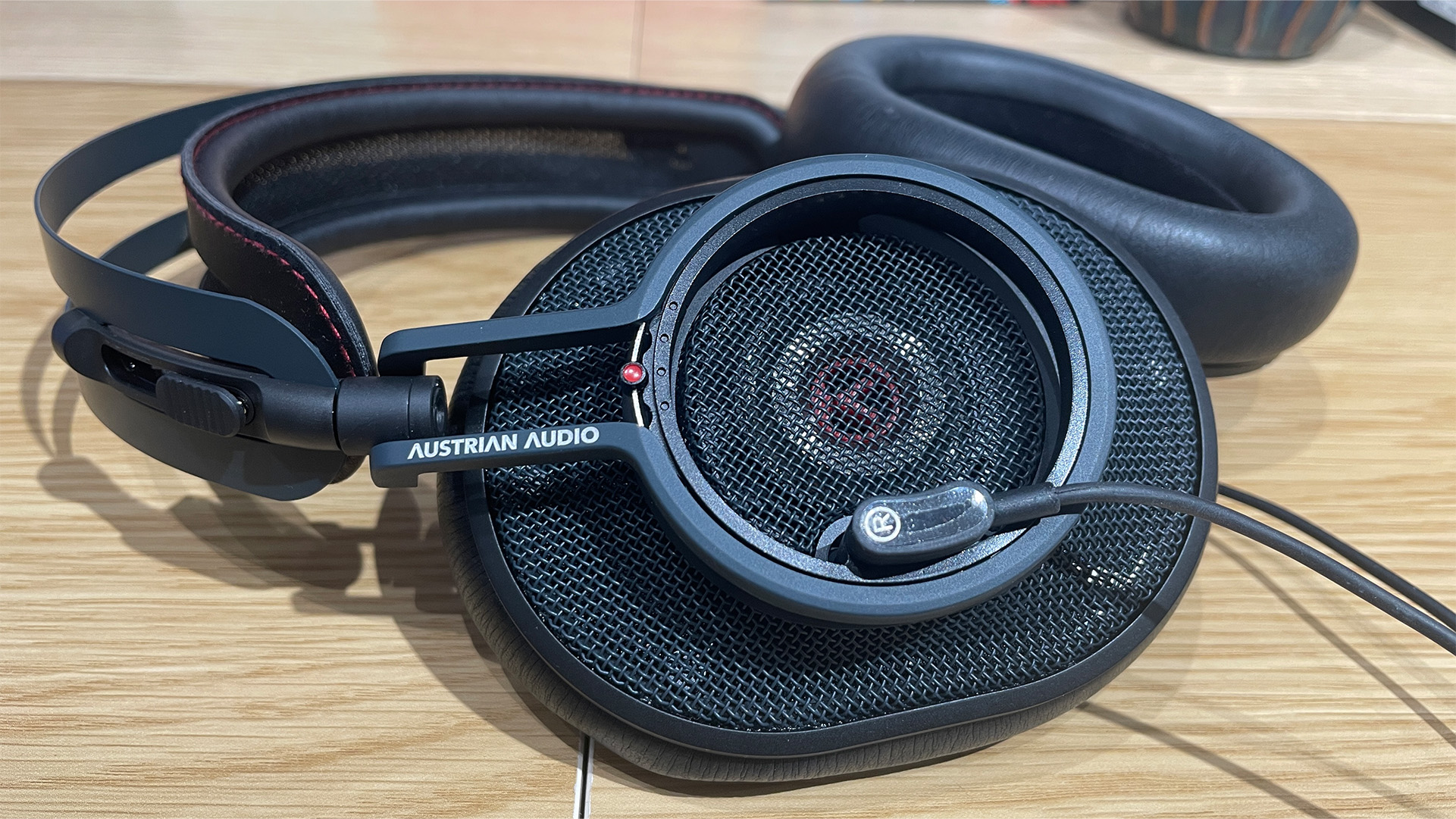
Despite being relatively unfussy about partnering equipment (in electrical-matching terms), we don’t think anyone should buy headphones at this level and simply feed them directly with the output of a smartphone, laptop or even budget separates. The Composer deserve better, as becomes clear once we work our way from our Macbook Pro (with Audirvana software) on its own, then feeding an AudioQuest Dragonfly Cobalt (£179 / $200 / AU$460), a Chord Hugo 2 (£2099 / $2500 / AU$4500) and lastly a Chord Hugo TT2 (£3995 / $5295 / AU$8500).
The steps up in the performance of the system are obvious. Even so, while the final combination gives strong results, connecting these Austrian Audio headphones to our reference sources (Naim ND555/555 PS DR music streamer and Technics SL-1000R/Kiseki Purpleheart record player) and the headphone output of the Burmester 088 preamp shows that the design has even more stretch.
We have several high-end headphones available for comparison, from the Grado RS1x and similarly-priced but closed-back Sony MDR-Z1R to more expensive open-back alternatives such as the Focal Utopia (2022) and Yamaha’s YH-5000SE. It gives us a good context to judge The Composer’s performance.
Make no mistake, they are impressive, but not in a flash-bang-wallop way. These are more mature than that, prioritising composure, neutrality and insight above all. They allow the listener to hear deep into a recording and track low-level instrumental strands with ease. In this respect, they are as good as anything we have heard at this level and broadly on par with Focal’s Utopia at double the price. Such detail is well worth having, but it is the way these headphones manage to organise it into a cohesive and musical presentation that pleases even more. They communicate the sheer majesty of Mahler’s Symphony No.9 well, delivering large-scale dynamic shifts with authority. A shift of musical genre to Go! by Public Service Broadcasting is greeted by enthusiasm and surefooted rhythmic drive.
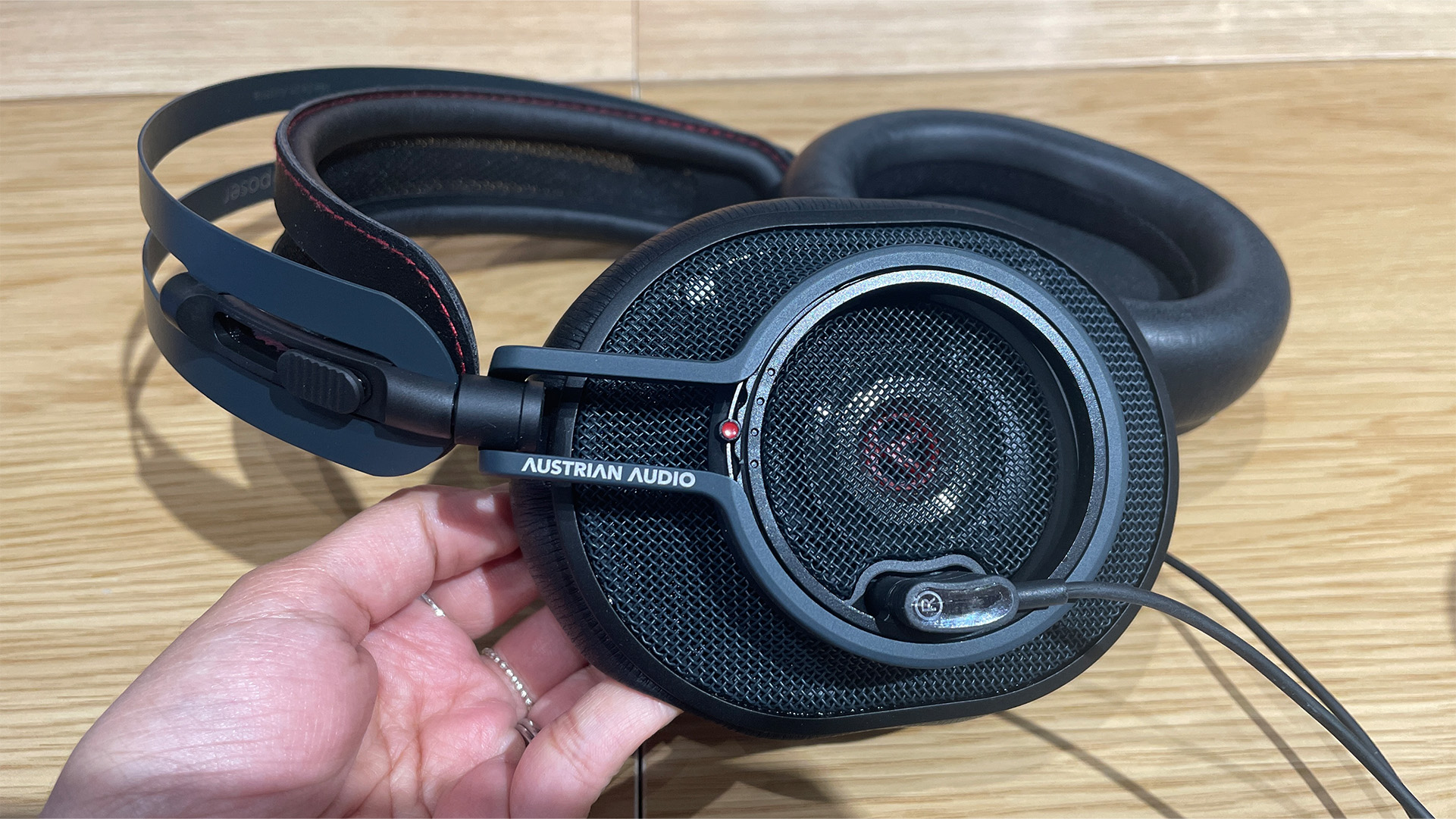
Given that they are an open-back design we’re pleased to note that The Composer deliver lows with a surprising amount of muscle. They dig deep and true and can track undulating basslines with conviction. There is plenty of refinement higher up the frequency range, but if you feed these cans with a poor source or drive them with less capable amplification they won’t hide that fact; transparency is high on their considerable list of strengths. Given suitably talented partners we doubt whether you can find a rival that’s as articulate or natural-sounding with voices, or as capable of digging up so much information.
Tonally, these are essentially neutral without sounding bleached. Acoustic instruments come through with natural warmth and texture intact. No part of the frequency range gets undue emphasis, giving the presentation a lovely balanced feel. Some of Austrian Audio’s cheaper headphones, good as they are, can be accused of sounding a little sterile, but that’s certainly not the case here. Given a suitable recording, these headphones have enough in the way of drive and energy to entertain.
Verdict
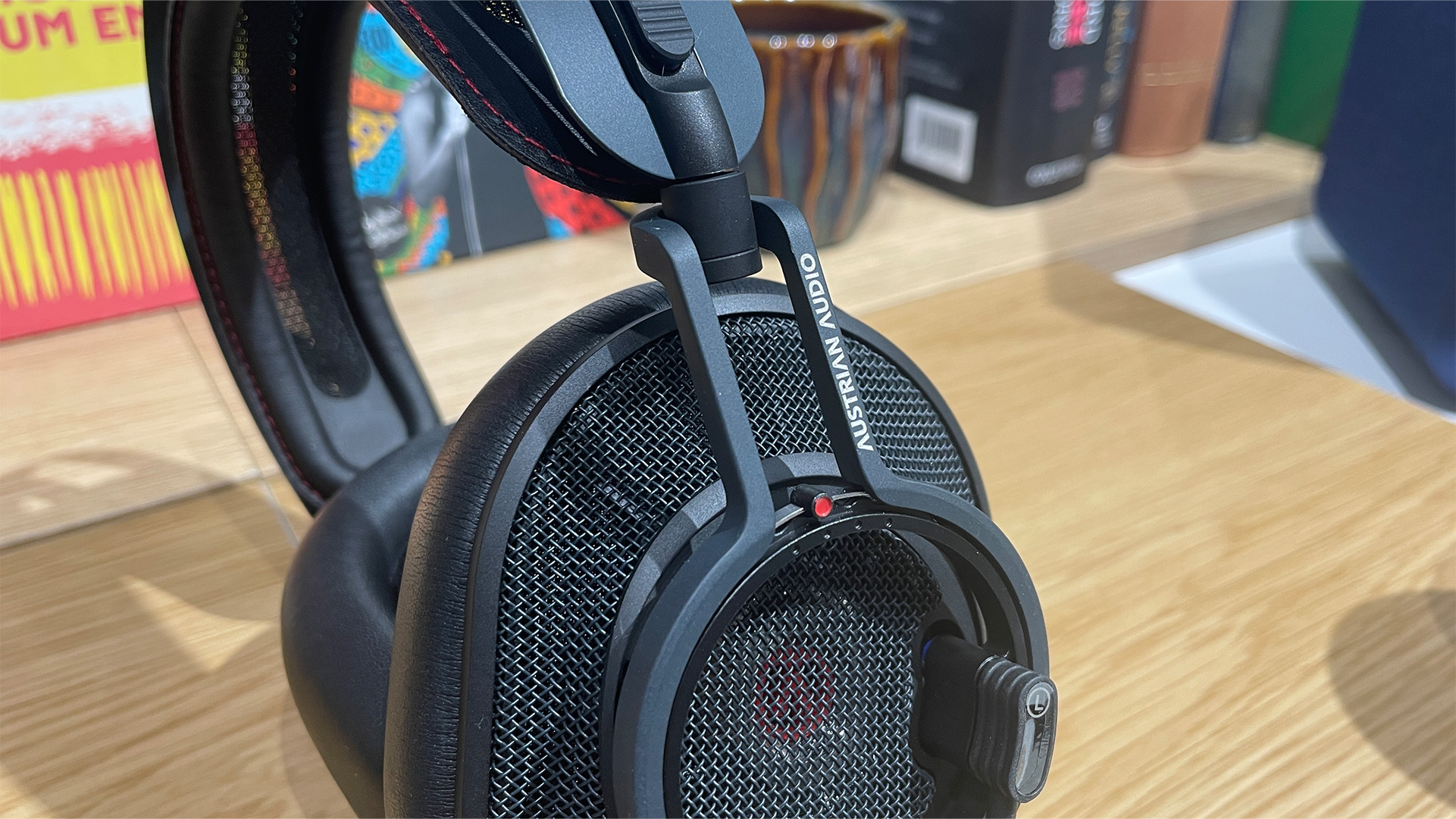
There is no denying that The Composer are excellent headphones for the money. They manage to deliver a combination of naturalness and resolution that is deeply impressive. Add excellent build and superb engineering into the equation and they become easy to recommend for those that are lucky enough to shop at this level. But, if you are one of those fortunate people, make sure that they fit you properly before buying.
SCORES
- Sound 5
- Build 5
- Comfort 4
MORE:
Read our review of the Grado GS3000x
Also consider the Sony MDR-Z1R
Read our Focal Utopia (2022) review







